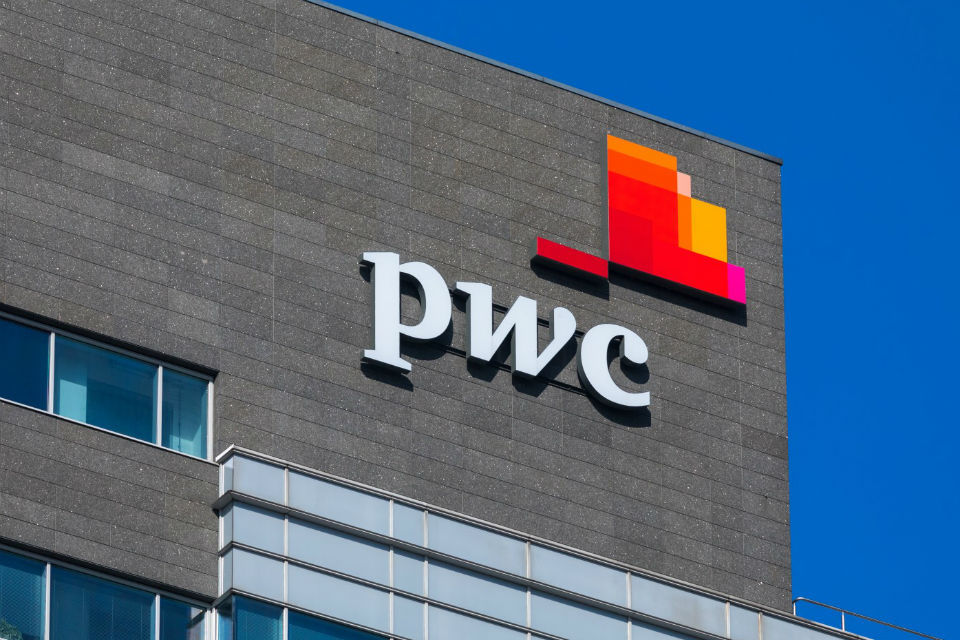PwC: Global M&A market down 20 percent in first half of 2022 after record high last year

The value of the global M&A market fell by 20 percent to USD 2 trillion in the first half of 2022 compared to the same period in 2021 and is likely to fall further as economic repercussions are reflected in global markets, according to PwC’s “Global M&A Industry Trends: 2022 Mid-Year Update” report. In contrast, the number of deals completed globally has returned to pre-pandemic levels, when M&A activity averaged 50,000 deals per year.
“The uncertain economic outlook slowed M&A activity in the first half of 2022 from the record pace of 2021. However, deals will continue to play an important role in companies’ growth strategies. Many of the factors that drove deals last year and in the first half of 2022, such as supply chain resilience, product and service portfolio optimisation, environmental, social and governance (ESG) issues and, above all, the need for technology to digitalise business models, will continue to influence dealmaking in the period ahead. With inflation in many countries at its highest level in 40 years, both the buyers and sellers involved in a deal will need to approach the due diligence process using various inflation scenarios and taking into account more than ever the implications on market shares in relevant markets, pricing, relationships with key customers and suppliers, and key employees’ remuneration and security”, said Cornelia Bumbăcea, Deals Partner, PwC Romania.
According to the PwC report, lower company valuations will provide investment opportunities for both strategic and private equity players to generate desired returns in a volatile market. Evidence that lower valuations are boosting M&A activity can already be seen, as the number of public−private deals has increased by more than 50 percent so far in 2022 compared to the same period last year.
M&A trends in the first half of 2022
Although M&A activity slowed in the first half of 2022, it has only just reset to pre-pandemic levels, which averaged around 25,000 deals per half calendar year.
The reset in M&A activity is occurring in all major regions and areas. Asia-Pacific saw the largest declines, with deal volume and value each more than 30 percent lower than the 2021 peak, mainly due to macroeconomic changes and recent pandemic-related restrictions imposed in several major cities in China.
In Europe, Middle East and Africa, transactions volumes and values fell by 15 percent and 27 percent, respectively, as countries in this region faced higher energy costs and lower investor confidence.
In the Americas, trading volumes and values declined by 22 percent and 11 percent, respectively, mainly due to concerns about inflation and rising interest rates.
The total number of mega-deals globally (i.e. deals worth more than USD 5 billion) fell by a third in the first six months of 2022. However, the first half of the year was not entirely devoid of large deals. Four deals worth more than USD 50 billion being completed. The previous year saw just one deal of that value.
According to the report, the evolution of the private equity (PE) model has made it an engine for M&A providing a plentiful source of deal-making capital. Global PE “dry powder” reached a record USD 2.3 trillion in June 2022 – triple the amount at the start of the global financial crisis. This growth in capital explains why PE’s share of M&A has increased from approximately one-third of total deal value five years ago to almost half of total deal value today.
Industry M&A trends
- Technology, media and telecommunications (TMT): Digital adoption of new technologies remains a priority and keeps TMT on top in terms of M&A investment. It accounted for over one quarter of deal volume and one third of deal value in the first half of 2022. We expect technology demand to create M&A opportunities in software and in infrastructure-enabling technologies (such as 5G, data centres, the metaverse and associated technologies) in the second half of 2022.
- Financial services (FS): The FS industry’s need for digital capabilities, combined with sustained pressure from regulators and disruption from platforms and fintechs, means M&A will continue to be a driver for transformation. It also explains why FS accounts for almost one quarter of deal value in the first half of 2022 to make it second only to TMT in terms of M&A investment. A continued focus on technology, the growing demand for sustainable investment options, and lower valuations will keep M&A activity high during the second half of the year.
- Consumer markets: M&A activity in the consumer markets industry for the next six months will be closely tied to how the uncertain economic outlook affects consumer confidence and spending. Changing consumer preferences will continue to create opportunities for M&A as companies seek to transform business models and reposition themselves for future growth.
- Industrial manufacturing and automotive (IM&A):The continuing focus on technology and digitalising business models, investing in supply chains and workforces will create opportunities for M&A in IM&A.
- Energy, utilities and resources (EU&R): The continuing acceleration of energy transition and a growing focus on supply chain security will drive M&A in the areas of critical minerals and national energy supplies in the second half of 2022.
Health industries: High demand for biotech and innovative new technologies, such as mRNA, gene therapy and telehealth capabilities, are attracting investor interest. To achieve inorganic growth goals, big pharma will likely undertake a higher number of smaller transactions to avoid the regulatory scrutiny and complexity which larger deals can bring.














